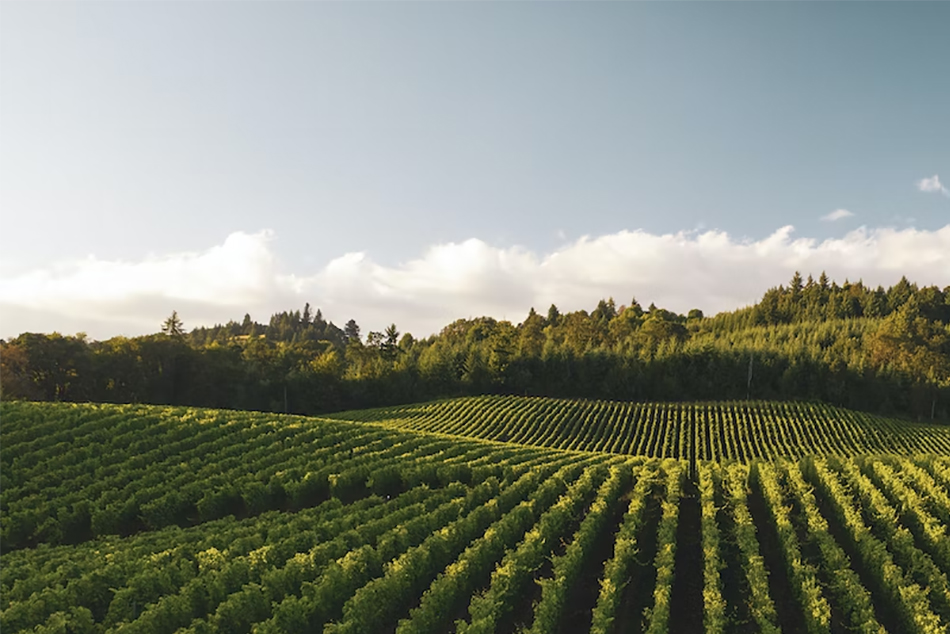How Artificial Intelligence is Disrupting the Agricultural Sector
Technology has transformed farming throughout the years, impacting the agricultural sector in many ways. However, agriculture continues to be a mainstay occupation across many countries globally. And with the population rising—as per the projections by the UN may reach eleven billion by the century’s end—there’ll be a lot more pressure regarding land since there’s only going to be around four percent of extra land, which will likely be cultivated by 2050.
This means most farmers will have less to work with. Surveys also indicate that the production of food will have to increase sixty to a hundred percent by 2050 to accommodate the estimated two billion increase in population by that time. Unfortunately, conventional methods alone aren’t sufficient to meet this significant demand, driving companies and farmers to find more efficient ways to reduce waste and improve output. Thus, artificial intelligence, or AI, is emerging steadily as an integral component of the sector’s technological evolution.
Many believe that AI-powered solutions can improve efficiencies, leading to better quality, quantity, and quicker go-to-market for their crops.
Cost savings
Farms generate considerable data on weather conditions, water usage, soil, temperature, and other relevant factors daily. Through machine learning models and artificial intelligence, the information can be utilized in real-time to obtain actionable insights, such as picking the ideal times to begin sowing seeds, determining crop choices, and more to produce better yields. AI systems are also improving the overall accuracy and quality of the harvest—called precision agriculture. In addition, the technology enables the detection of poor nutrition, pests on farms, and diseases in plants.
Using sensors, they can target and detect weeds, determining the ideal herbicide and amount to apply for a specific region. This results in reduced use of chemicals and an increase in cost savings. Moreover, artificial intelligence supports the robotics developed to monitor and spay precisely, eliminating considerable chemical use and bringing down herbicide and labor expenditure significantly.
Predictive analytics
The greatest difference between failed harvests and profitable years is the prompt information on data points regarding the timing of sowing crops. Many are using predictive analytics to determine the precise date to begin sowing to overcome this challenge and get the maximum yield. It also provides insight into the health of the soil and recommendations for fertilizer use. It also helps against challenges associated with crop fluctuation. However, because of unstable prices, it can be more than a little challenging to plan definitive production patterns.
With AI and big data, companies can identify disease and pest infestations, estimate yield and output, and make accurate forecasts. In doing so, they can guide patterns, crop types, demand levels, pesticide usage, and more to maximize their output.
Conclusion
Artificial intelligence has the capacity to solve labor and resource scarcity to such a significant extent that experts believe it to be one of the most powerful tools in helping organizations to keep up with the growing complexity of modern agriculture. For this reason, companies in this industry must invest in AI, or they’ll miss out on opportunities to improve productivity, increase savings, and enhance the efficiency of operations.


